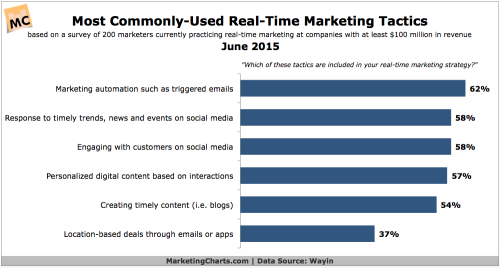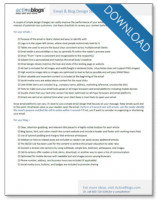Email marketing remains one of the most effective ways to communicate with clients and prospects. In fact, MarketingCharts.com reports that triggered emails are the number one real-time marketing tactic used by digital marketers. But someone who is not experienced in email marketing might find their efforts backfiring more often than not.
If you’re unfamiliar with email marketing, chances are you’re making one of these common rookie mistakes. If these practices sound familiar, it is time to change things up in your email communications before your business suffers for it.
Not using feedback loops.
When an email recipient files a complaint about your communications by marking it as spam, it’s a big red flag to get them off your list before they cause further damage. Feedback loops allow mailbox providers to forward these complaints on to the sender so that action can be taken to prevent further complaint. This saves you time and keeps you from getting a dreaded spam tag on your email address.
Sending emails too frequently.
BlueHornet reports that receiving too many emails is the chief reason for unsubscribes, with 35.4% reporting that was their top reason for leaving an email list. While sending consistently is a smart idea, be sure you don’t overload recipients with emails. Or, offer alternative subscriber preferences where recipients can opt to receive emails only weekly or monthly.
Poor segmentation.
Segmenting lists ineffectively, or not segmenting them at all, can decrease the value of your email communications with customers and prospects. Updating and segmenting lists can be a great way to ensure that you are personalizing your emails the right way. After all, a long time client and an awareness stage prospect are not going to find value in the same information.
Discouraging unsubscribes.
It might be tempting to make the unsubscribe option as inconspicuous as possible in an attempt to make email contacts stay on your list. But if you make it hard to unsubscribe, unhappy recipients will likely press the “spam” button instead — thus negatively affecting your deliverability. Don’t try to cling to email subscribers who want to go or your open rates will suffer for it.
Lack of CTA.
What’s the point of sending email communications if your recipient doesn’t know how to take the next step? Make it easy and clear for your prospect to take your desired action, whether that is following a link to a relevant article, checking out a new website feature, or signing up for a consultation or demo.
Without the right approach, your email marketing can become intrusive and dissatisfy your clients and prospects. Avoid these common mistakes to get back on the right track. And to see more results from your email communications, work with an expert who can ensure you are getting the best results possible.





